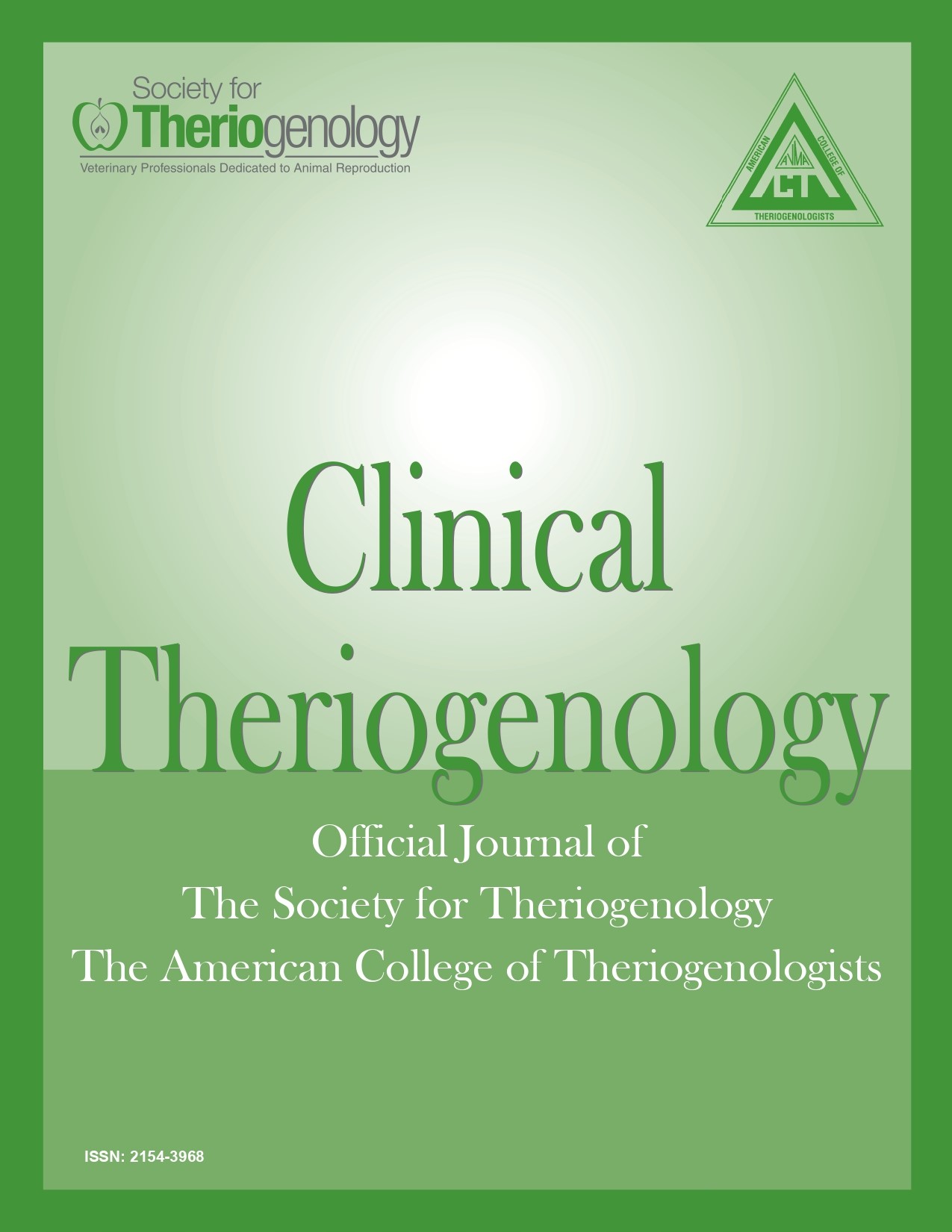Parasite control strategies for broodmares and foals
Abstract
Drug resistance among cyathostomin and ascarid populations is a growing concern for breeding operations. An effective deworming program for broodmares focuses on control of cyathostomes using targeted treatments based on an individual’s egg shedding potential. Shedding status is based on FECs performed during periods of parasite transmission. Efficacy of drug classes is determined using the FECRT. Mares classified as low shedders benefit from two to three treatments per year, while high shedders may require four to five treatments that include at least one larvicidal treatment effective against encysted cyathostomins administered at the end of the grazing season. Parascaris equorum is the focus of deworming recommendations for young foals up until weaning. Due to increasing prevalence of macrocyclic lactone-resistant isolates of P equorum, it is strongly encouraged that the first treatment be delayed until foals are at least eight weeks of age and prior to weaning foals should receive a minimum of two anthelmintic treatments using either fenbendazole at 10 mg/kg and/or pyrantel. Fecal egg counts should be performed at weaning to determine if the worm burden is primarily ascarids or strongyles. After weaning anthelmintic treatments should target cyathostomins and tapeworms. Environmental control strategies should be included as an integral, non-chemical part of any parasite control regimen.
Downloads
Authors retain copyright of their work, with first publication rights granted to Clinical Theriogenology. Read more about copyright and licensing here.





